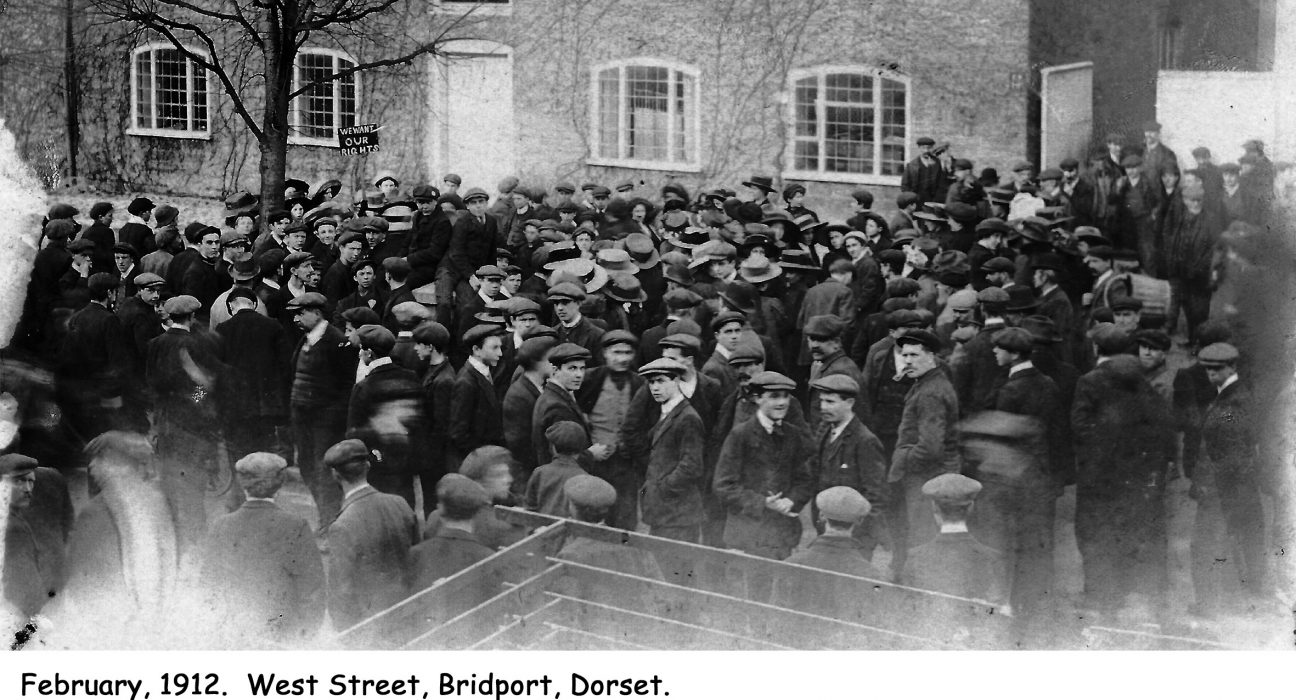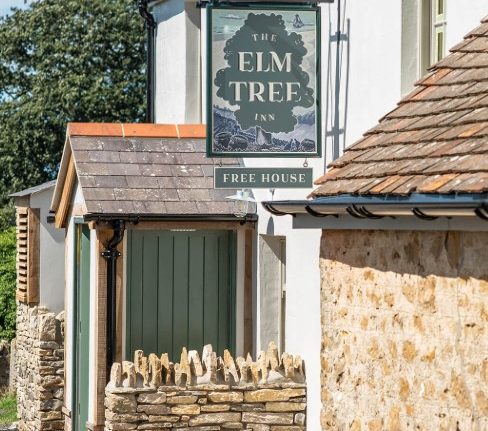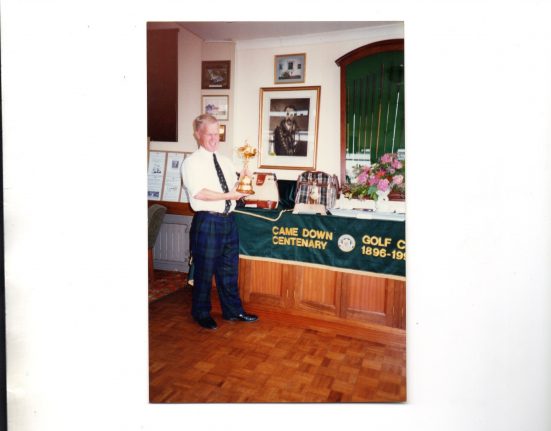It was a chance visit to Bridport Post Office when a reproduced greetings card caught the eye of photojournalist Carlos Guarita.
The photograph, which dated back to the early part of the 20th century, depicted an industrial dispute staged by women at Gundry’s net and rope factory in Bridport.
The event sparked Carlos’s curiosity, and he took a deep dive into the dispute, poring over historic records, archives and newspaper clippings.
Carlos discovered that on one cold February in 1912, women workers who toiled on the French netting machines at the factory staged a ‘wildcat strike’ after they were told their pay would be cut, with immediate effect, to align with the lower paid women working on a different type of machine.
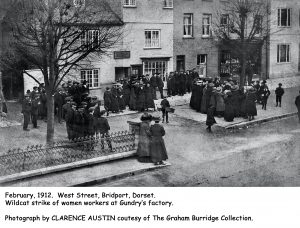

The women refused the pay cut and the higher-paid and lower-paid women walked out, joining forces as they marched around Bridport singing suffragette songs, and of course, arousing significant public interest.
It is important to note that the marches inspired men from other factories to congregate on the streets, in support of these ‘wildcat’ women.
Factory manager Mr Macdonald attempted to hold meetings with the women, with a view of arriving to a settlement, but to no avail. Mr Macdonald suggested arbitration and the Conservative MP for West Dorset, banker Col Robert Williams, who lived in Little Bredy, was called in.
However, the women refused, and the strike and marches continued throughout the week.
When Miss Newton from the National Federation of Women Workers arrived and held a meeting on trade unionism with the strikers at The Hope and Anchor Inn, St Michael’s Lane, all 70 of the women joined the federation.
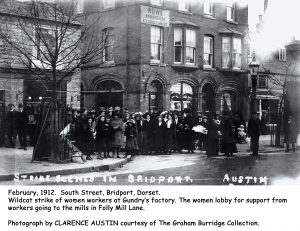

Following a meeting between Mr Macdonald and Miss Newton, it was agreed the women would receive four weeks’ notice of any changes in pay, and the ladies returned to work the following day at 6am.
All the events surrounding the dispute were captured by Clarence’s lens.
During Carlos’s research, he unearthed new material about this unknown but gifted early documentary photographer, his pictures and untimely end, and so Carlos published the book, Clarence Austin: The Photographer and The Bridport Wildcat Women.
The book contains not only more detail about the wildcat women and the strike but also some wonderful pictures of Bridport taken by Clarence. The book also documents Clarence’s life.
Carlos said: “I first came across one of these photographs at our local Post Office in Bridport.
“Postmaster Graham Burridge was a keen photographic postcard collector and had made reproductions which he had put out on sale as greetings cards.
“One in particular caught my eye – it was of an industrial dispute in Bridport in the early 20th century, and this aroused my journalistic curiosity to research the story further.
“I am now retired but spent most of my life as a photojournalist working for publications such as The Independent Magazine, The Guardian, Der Spiegel and Time Magazine but I am always interested in other people’s photographs.”
n Clarence Austin: The Photographer and The Bridport Wildcat Women is available at £8 from The Bridport Tourist Information Office.
Bring back the old instruments of correction
Bridport News, February 24, 1913
Sir – With reference to the Suffragettes, on reading in the Topics last week the sentence: When will the law vindicate itself and common sense predominate?
The idea suggested itself to me – why not bring again into use the old-world instruments of correction? If one of these ladies (I will not use the word ‘women’, they are not worthy of the name) were securely fastened onto a ducking stool and ducked a time or two in river, stream or pond, the lesson would be worthy of remembrance. If this punishment was considered by their judges too severe, the scold’s bridle could take its place.
One of these padlocked round a Suffragette’s neck, with the iron tongue for the palate to consider, would be a memory not pleasant to retain.
Yet another of these ‘old methods’ the stocks, might be applied.
Numbers of these still remain in the villages and could be copied and freely employed instead of a prison cell, which is to their liking.
The object of the Suffragettes is public notoriety, and nothing could be better than to punish on their own lines – publicly.
The nations greatest treasures are now in danger, which once destroyed cannot be replaced.
It is indeed time measures were taken to quell these disturbers once and for all, or the people themselves will have to take the matter into their own hands, if only for self-protection.
Yours Faithfully
E Barrar Jones
Beaminster


